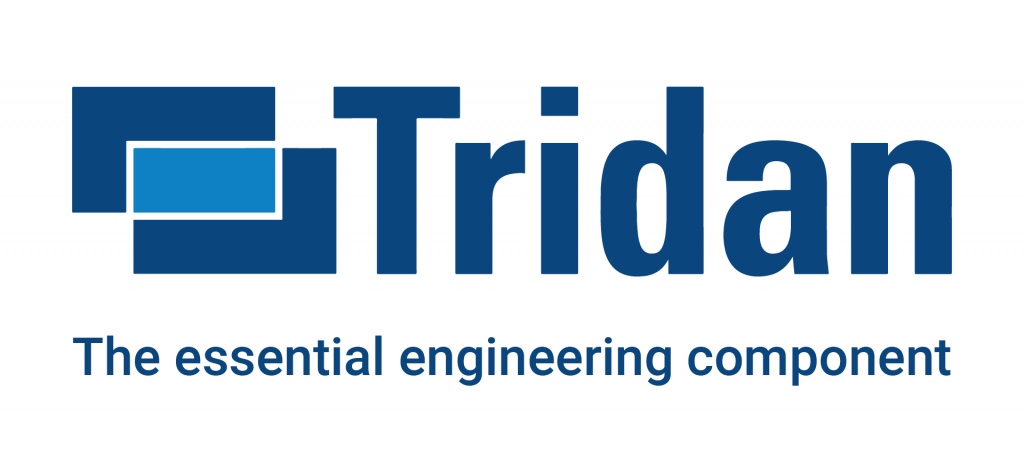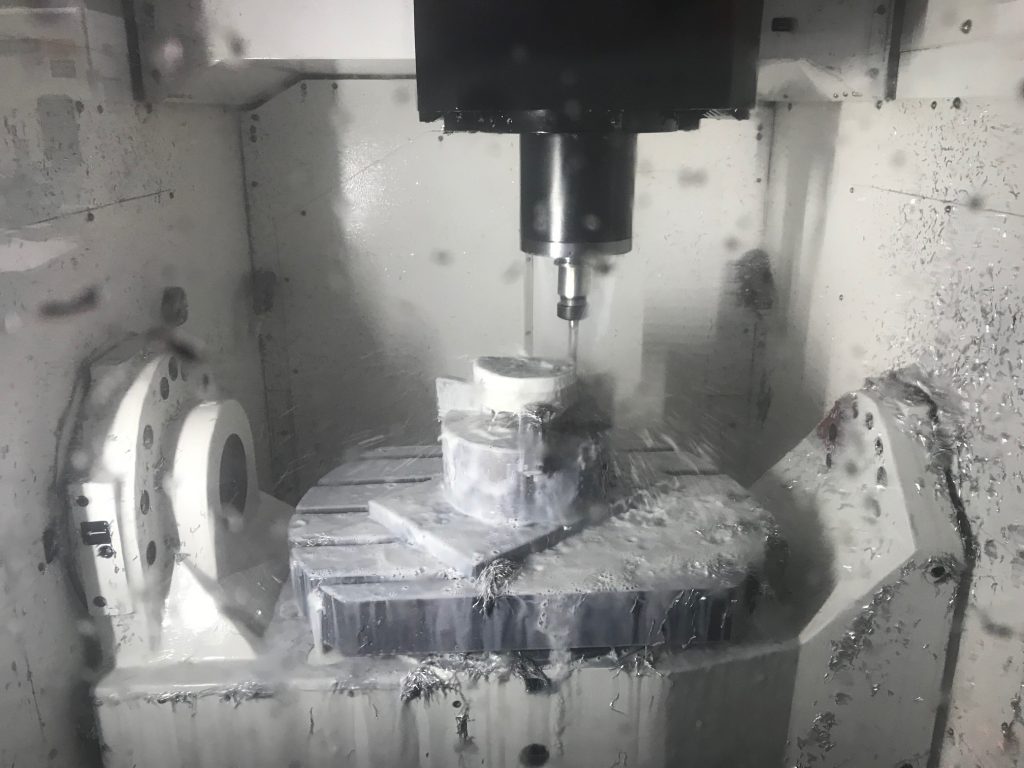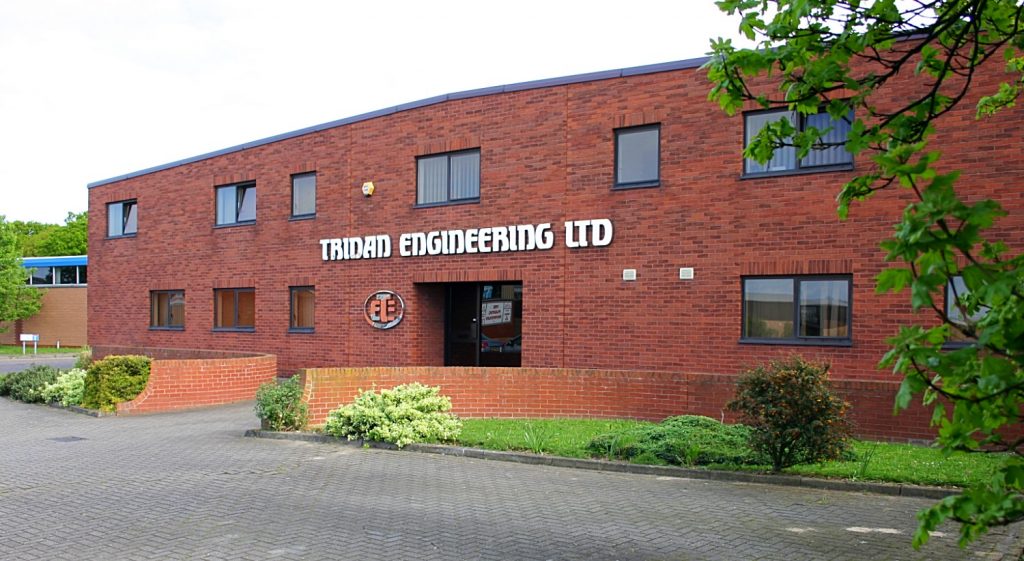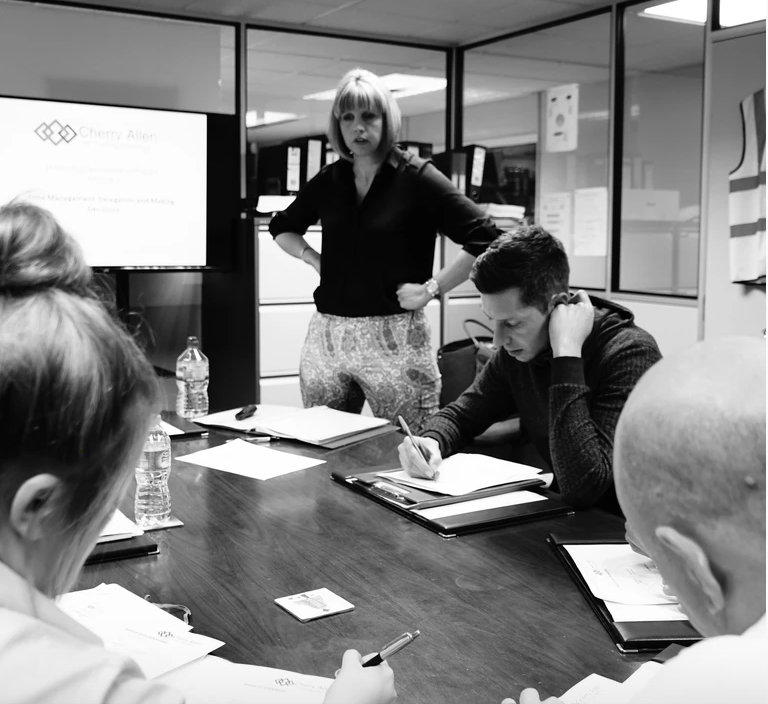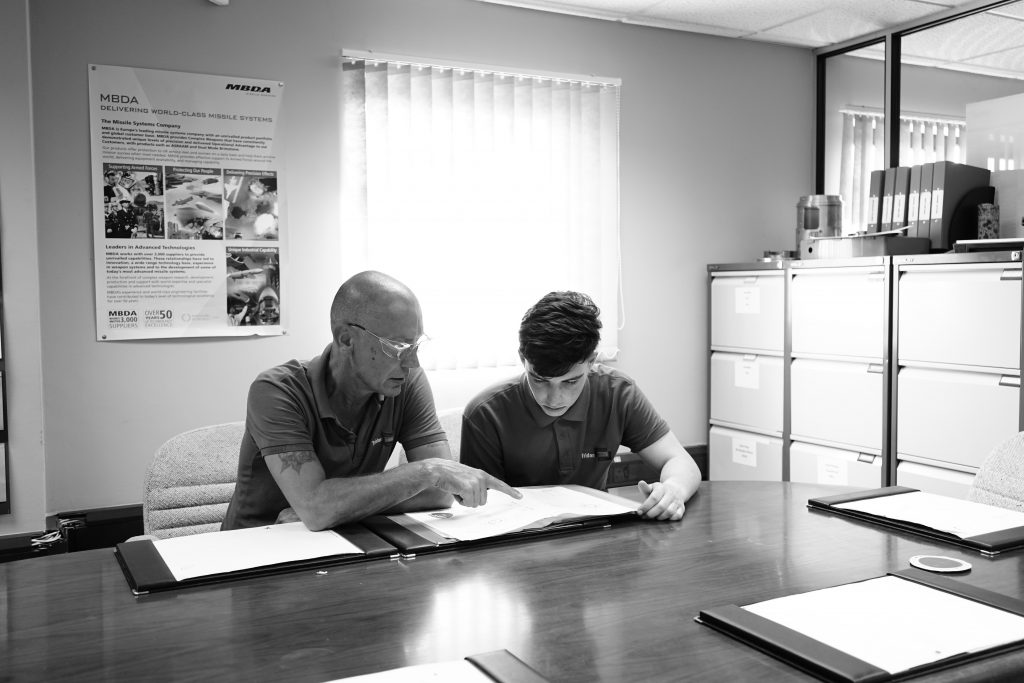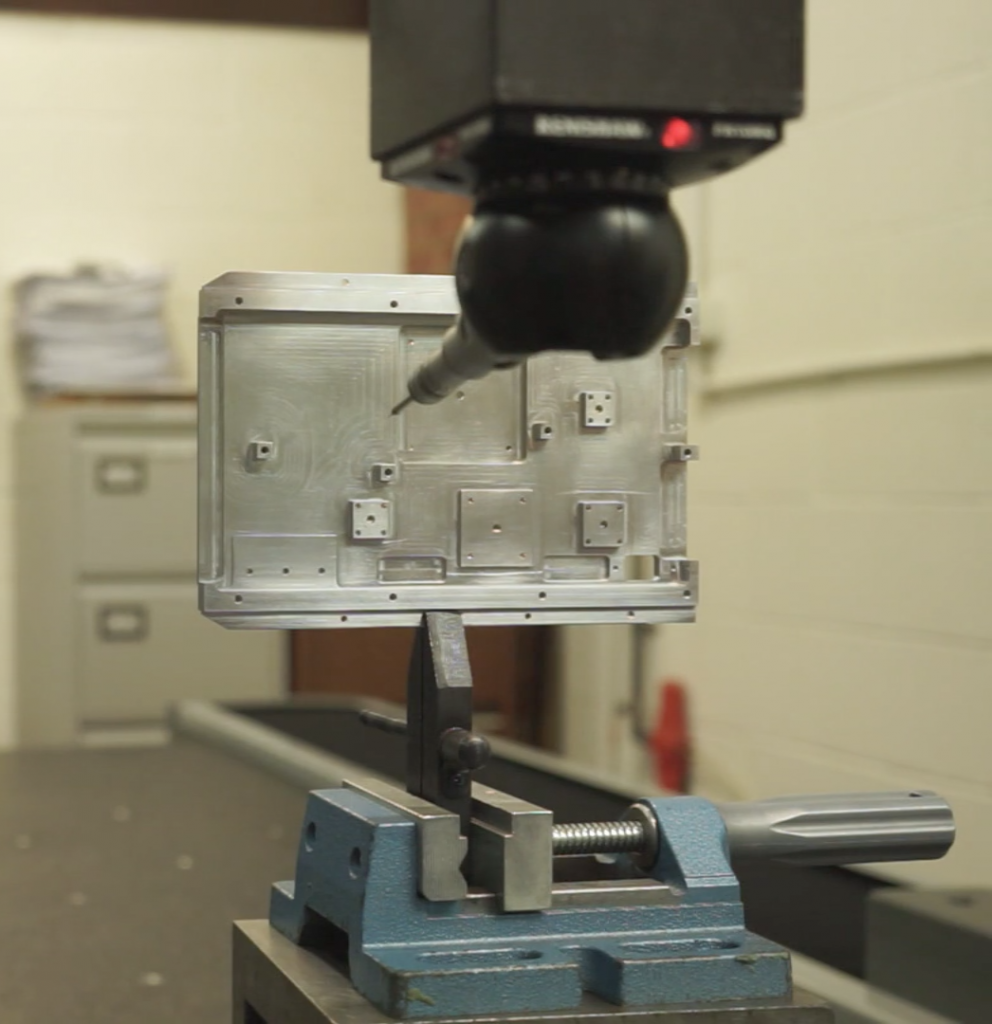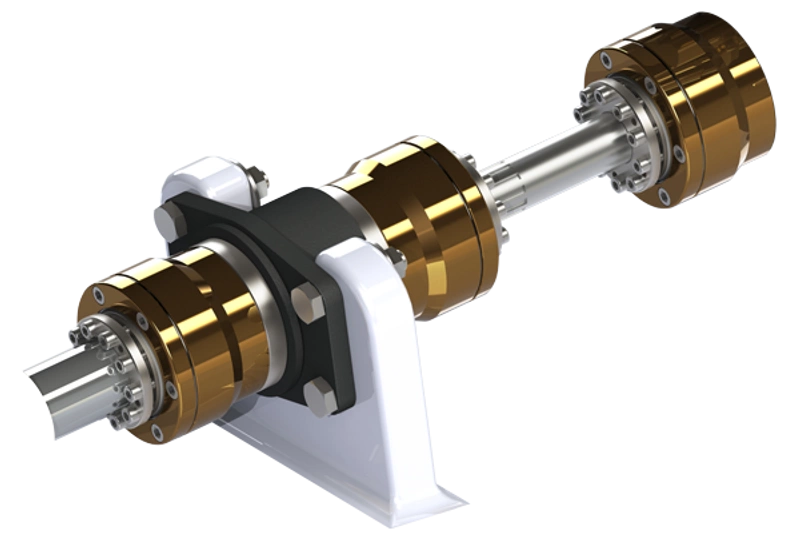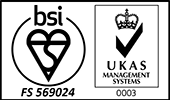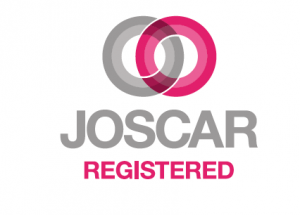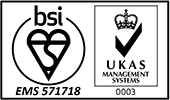The challenge
In our first month we are looking at our CNC Milling operation. The lead on the project, Paul Coupland, is starring in his own video below where you can discover how he and his team are focusing on reducing lead times and costs. We’ve been looking at the whole end to end process of our precision CNC Milling and what we’ve discovered we think will be very interesting.
Everything we do is precision focused so our task was to find those small areas of improvement and showcase how they make an overall big improvement.
Next month we’re looking at CNC Turning.
CASE STUDY 1 – Trochoidal Milling Tooling Trials
As part of Tridan’s drive of continual improvement, we are constantly looking at ways we can cut cost, and lead times to our customers. With new tooling geometry’s coming into the market place, we decided to re-evaluate our machining strategies.
Previously, if we wanted to remove material quickly as part of a roughing operation, the tools typically used would be insert cutters , feed mills etc. This presents many challenges, as tip wear can be high, which increases cost and time on the machine.
In partnership with one of our tooling suppliers I.T.C we carried out a machining comparison between insert tooling (feed mill) using standard milling strategies, and trochoidal milling (Waveform) using a carbide end mill.
The parts trialled were previously machined using feed mills with tips that had 5 cutting faces. The usage rate was a set of insert edges for every 24mm of material removed, meaning we had to turn the inserts every component at the very minimum, if an edge failed during the cut, the machine would have to be stopped and the tool re-run.
Taking the number of components we had to machine versus operations involved, we would have used in the region of 45 inserts to machine the batch. Using trochoidal milling, with a 24mm cut depth and a step over of 4%, one cutter did the work of 25 inserts and gave us a saving of 12.5mins per cycle, a saving that can then be passed onto our customers.
Another benefit of trochoidal milling, is that considerably less load is being put through the spindle compared to using a feed mill, this will help preserve the life of the tooling and the spindle itself.
CASE STUDY 2 – New Capital Investment – Mazak Variaxis i500 SmoothX twin pallet
Our new Mazak Variaxis i500 SmoothX twin pallet arrived on the 15th May, and was expertly unloaded and installed by three personnel from Charles Russel transport group. Accompanied by installation engineers from Mazak for commissioning, FSE for the latest technology in chip management and coolant filtration systems, plus Renishaw, to install their latest probe solution. We are delighted to see our new Mazak is now cutting material, this new addition to our shop gives us a further 320+ hours capacity for a standard four-week period.
Tridan, as always, are again buying the latest technology in our field to meet the exacting standards of quality and service for all our customers.
The strategic plan behind this new purchase, is quite simple, for two main reasons: –
5 Axis capability means fewer operations and associated tasks, saving our customers, and us, time, which means money. Highly complex components from all materials is what we do. Many components are now designed in such a way to maximise strength, weight, and when manufactured on traditional 3 or 4 Axis machines, often need many different operations; not on a 5 Axis, it is a truly efficient method of manufacturing for many components in the market place.
We have created a 5-axis cell at Tridan, after value stream mapping (VSM) we believe we have maximised our working floor space. From flow of material through to the finished component, with also our tooling matrices in prime position to avoid lost time. With our cell in place, this also allows “one machinist/two machines” when work allows. Gains on efficiency, cost savings, all can be, and are shared with our customers; After all, we are in a partnership together.
“With the large touch screen, new Smooth X control and faster tool path processing, we have seen a reduction in setup and run times.”
Paul Coupland, Machine Shop Manager.
ONE MACHINIST – TWO MACHINES
In our desire to improve and promote a lean culture, one area we are concentrating on is one machinist – two machines where possible. I say where possible, as sometimes a part will not lend its self to being run without an operator for extended times, you must pick your battles carefully to gain the most from this process. As machinists, we all like a long cycle time and little deburring, but this creates its own issues in the form of wandering minds, and wandering bodies, surely something better can be done with that time, especially any process that can add value.
By planning our shop floor layout better and creating machining cells through VSM (Value Stream Mapping), we have made it easier for the team to manufacture, and mentality to develop.
Through work load planning, we always try to have at least one of the machines in the cell running a part that without being disrespectful, doesn’t require a high level of operator input. These will be the machines that will be run in cycle by operators with a longer cycle time. If one of these machines requires setting, one machinist will move to that machine whilst the remaining machinists in that cell will keep their machine running.
Any machinists that are unable to run a machine in cycle will help with the deburring and checking of other machinist’s work, this provides the benefit of a second pair of eyes and helps to reduce reject parts. Any machine that is run in cycle during the day shift will also be run in cycle by the night shift, we treat both shifts equally.
Through promoting a team mentality and our supervisors leading by example, this culture has become second nature.
